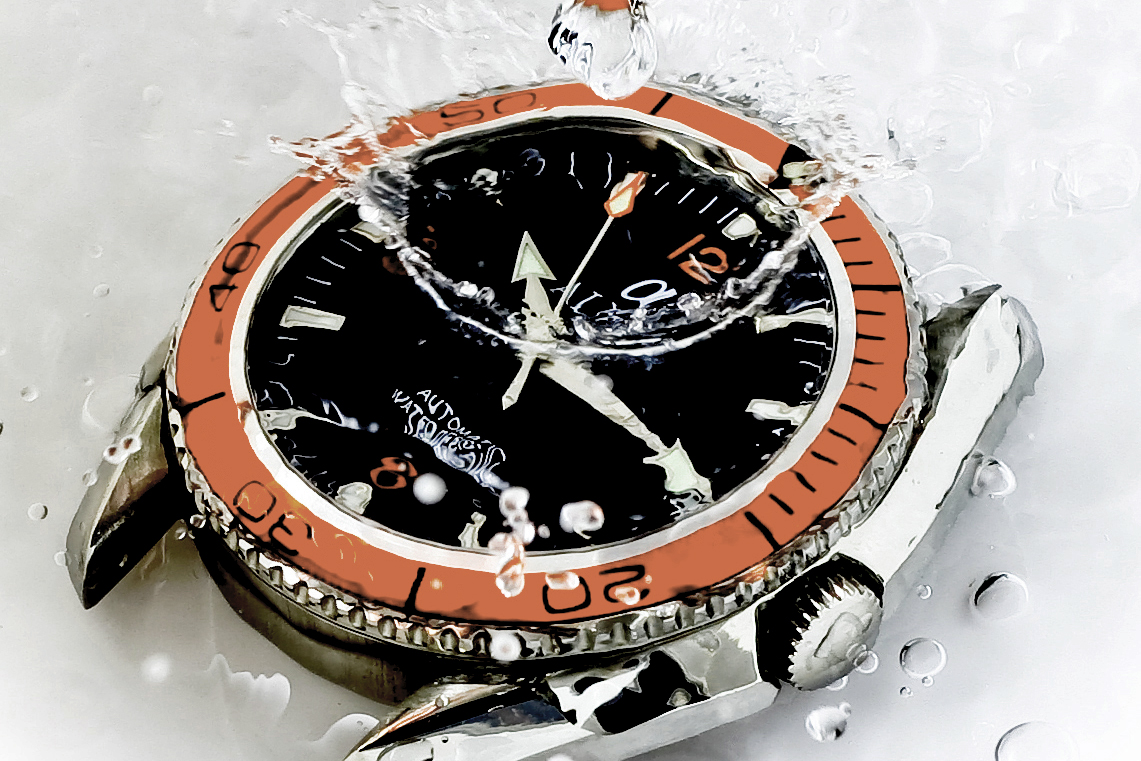Resilient Design
January 27, 2015
Tags:
Design
Communication

I've finally found another example (besides my favorite, the coffee grinder) of how smart design can prevent human error. The dive watch ring can literally never show you that you have more time under water than you really do – it's physically prevented from doing that, by design.
I love my Pebble smartwatch, but I still wear old-timey, mechanical-dial watches sometimes. One is the dive watch... just because it’s shiny, not because I’m a diver. It has a rotating bezel, or ring, around the outside. If you don’t know—and I didn’t till I actually owned one, then looked it up—you can use this as a simple timer. But on my watch and, in fact, all dive watches, the ring turns only one way because a detent limits its movement. On aviators’ watches, there is no detent.— Steven Hoober, Phones Aren’t Flat: Designing for Real People in Diverse Contexts
Why is that? Because it’s for timing the remaining air in their tank. If the ring were to get bumped, changing its setting, having it show less time might be inconvenient, but its going the other way and showing that you have more time than you do might kill you. You don’t even need to know how it works. It just works. This is the sort of fool-proof, unobtrusive solution that I’m talking about when I refer to resilient design.